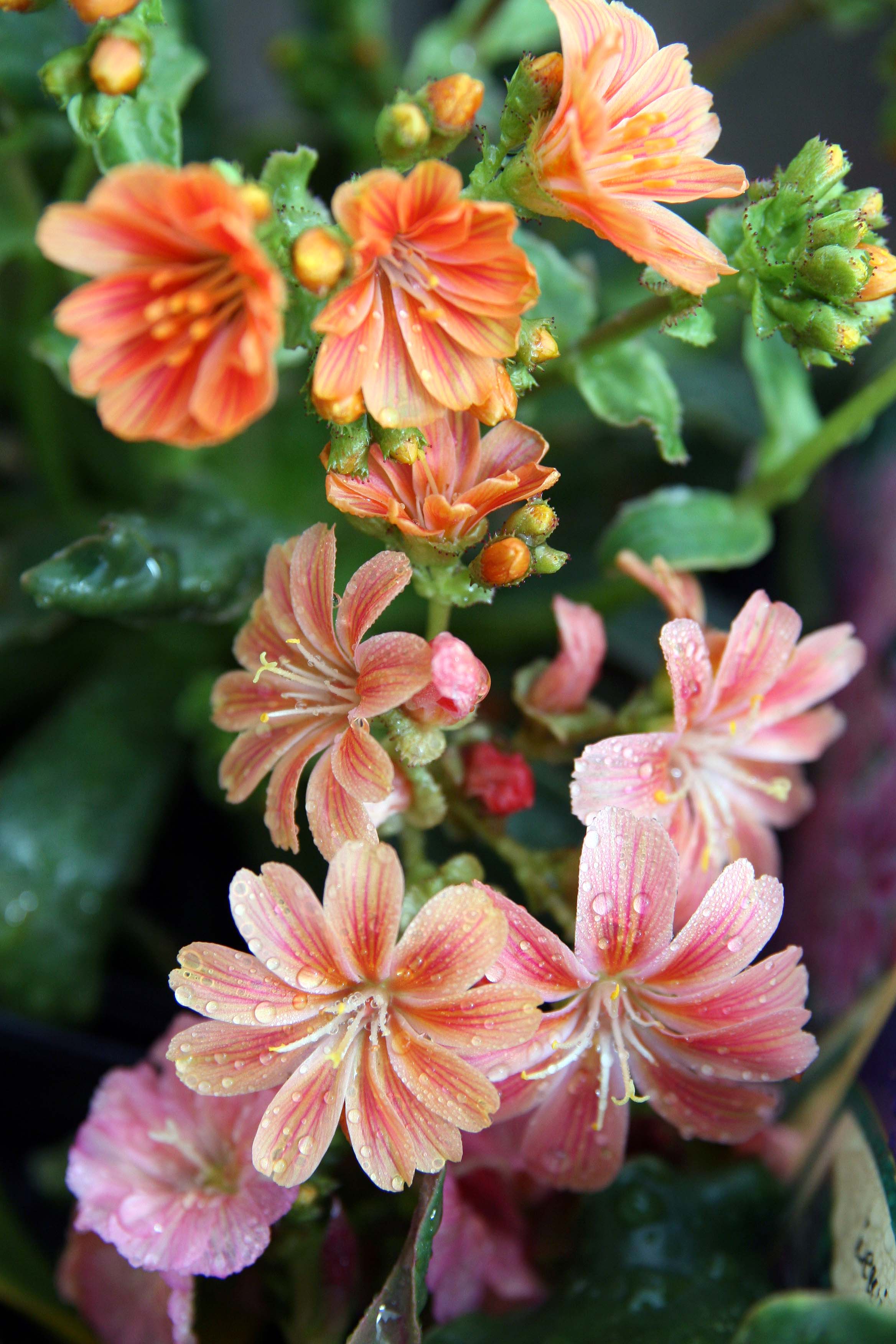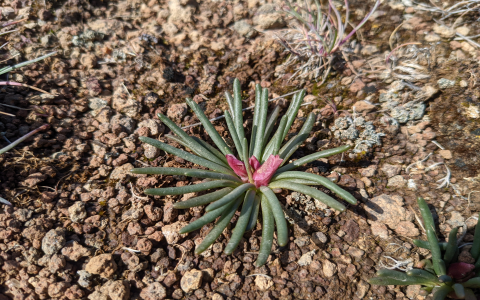Lewisias: The Hidden Gems of Mountain Gardens
In the realm of alpine flora, few plants can boast the allure and resilience of Lewisias. Known for their tenacity in the face of harsh conditions, these plants carve out a niche for themselves in some of the most inhospitable environments, bringing color and life to rocky terrains where little else can thrive. Imagine scaling a steep, seemingly barren mountain slope, only to be met by the vibrant blooms of Lewisias, their colors exploding like fireworks against the grey backdrop of stone. Herein lies a tale of beauty, survival, and ecological mastery, woven through the petals of these mountain marvels.

Lewisias are not just survivors; they are masters of adaptation. Belonging to the family Portulacaceae, these plants have evolved unique features enabling them not just to withstand but to thrive in environments characterized by intense sunlight, chilling winds, and minimal soil. Their secret? A root system akin to a root ball, capable of clinging to the smallest crevices and extracting whatever moisture it can from the rock itself. This root system not only anchors them but also serves as their primary organ for water storage, making them true drought champions.
The botanical name Lewisia honors Meriwether Lewis, the explorer who first documented these fascinating plants during the Lewis and Clark Expedition in 1806. They found specimens in the Pacific Northwest, an area that proved to be a biodiversity hotspot for many species, including Lewisias. The discovery of these plants amidst the rugged landscapes was not just a botanical find but a testament to the unknown marvels that nature holds, waiting to be discovered by those willing to venture off the beaten path.
One of the most striking characteristics of Lewisias is their array of colors and flowering habits. From the delicate pinks and whites of Lewisia nevadensis to the bright, almost otherworldly magenta of Lewisia cotyledon, each species adds a dash of brilliance to the monochrome of high-altitude life. Their rosettes of fleshy leaves store water, much like a desert cactus, ensuring that even in the harshest of winters or scorching summers, these plants can still bloom, supporting local pollinators when other sources are scarce.
Gardeners and botanical enthusiasts often overlook these gems, perhaps because cultivating them requires an understanding of their needs, echoing the conditions of their natural habitats. However, with the right conditions—gritty, well-draining soils; plenty of light; and protection from excessive summer heat and winter moisture—Lewisias can thrive even in a well-tended garden. Their presence adds not just color but a sense of wilderness and enduring beauty to any collection.
Lewisias are not merely plants; they are a testament to life’s tenacity. They challenge us to look beyond the obvious, to find beauty in harshness, and to appreciate the resilience encoded in their every cell. Their ecological significance extends beyond aesthetics; they contribute to the hardiness of high-altitude ecosystems, supporting a web of life in conditions where life seems almost impossible.
In the dance of plant evolution, Lewisias have choreographed a ballet of survival. Their journey from the rugged cliffs of the Pacific Northwest to the curated beds of alpine gardens worldwide speaks volumes about the interconnectedness of our botanical world. As we ponder the beauty of Lewisias, we’re reminded not only of nature’s resilience but also of our responsibility to protect and cherish these living pieces of mountain heritage, ensuring that these floral sentinels continue to grace our landscapes.



